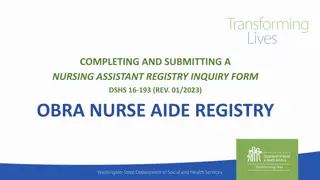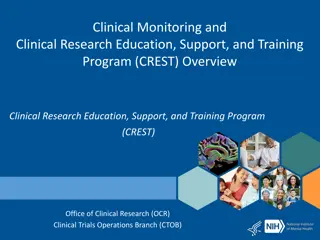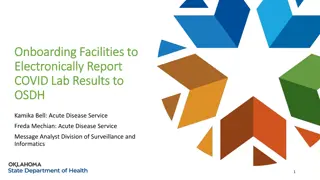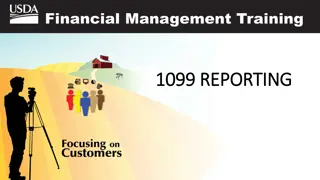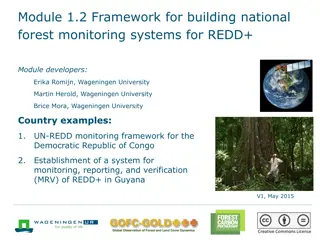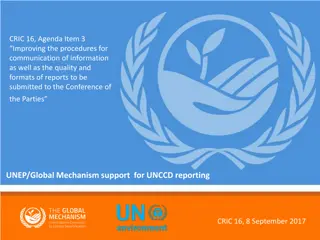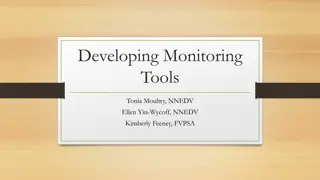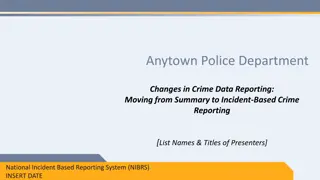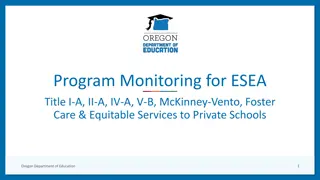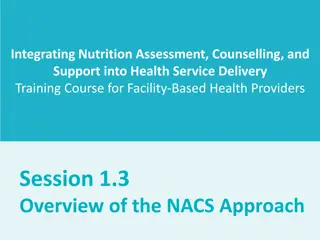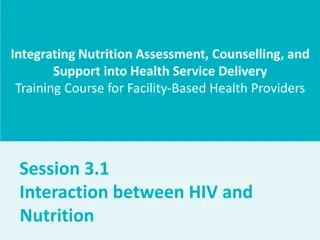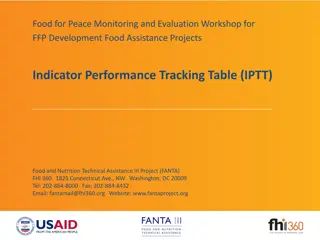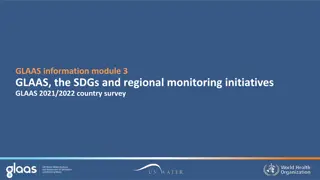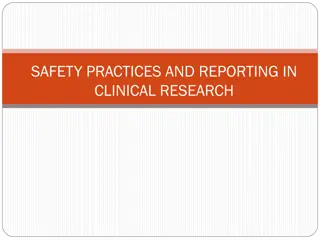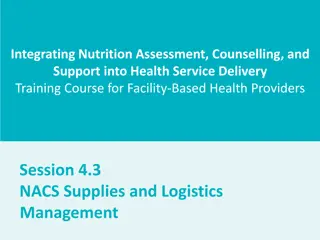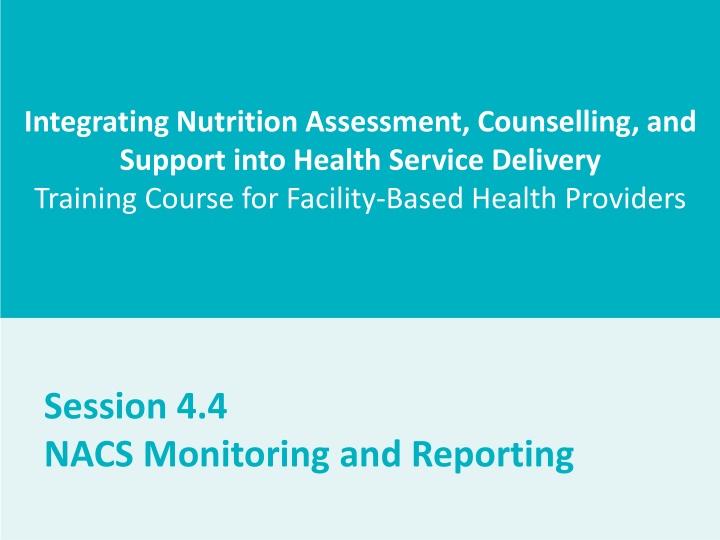
NACS Monitoring and Reporting in Nutrition Health Services
Explore the significance of monitoring, evaluation, and reporting in nutrition assessment and counseling services for health providers. Learn the process of data collection, indicators identification, and performance assessment for effective program implementation.
Uploaded on | 1 Views
Download Presentation

Please find below an Image/Link to download the presentation.
The content on the website is provided AS IS for your information and personal use only. It may not be sold, licensed, or shared on other websites without obtaining consent from the author. If you encounter any issues during the download, it is possible that the publisher has removed the file from their server.
You are allowed to download the files provided on this website for personal or commercial use, subject to the condition that they are used lawfully. All files are the property of their respective owners.
The content on the website is provided AS IS for your information and personal use only. It may not be sold, licensed, or shared on other websites without obtaining consent from the author.
E N D
Presentation Transcript
Integrating Nutrition Assessment, Counselling, and Support into Health Service Delivery Training Course for Facility-Based Health Providers Session 4.4 NACS Monitoring and Reporting
Session Objectives By the end of the session, participants will be able to: 1. Explain monitoring and evaluation and their importance 2. Identify indicators for NACS monitoring and evaluation 3. Demonstrate how to fill out data collection tools Integrating Nutrition Assessment, Counselling, and Support into Health Service Delivery 2
Monitoring, Evaluation, and Reporting Monitoring Systematic collection of information on all aspects of a programme during implementation Involves continuous and systematic checks or observation of programme activities to ensure implementation is done as planned Integrating Nutrition Assessment, Counselling, and Support into Health Service Delivery 3
Monitoring, Evaluation, and Reporting Evaluation Involves carefully examining data about a programme s results to determine whether and how well the programme met its objectives Helps determine causality linking a particular output or outcome directly to an intervention over a set period Can show the extent to which changes in outcomes can be attributed to the programme ( impact evaluation ) Integrating Nutrition Assessment, Counselling, and Support into Health Service Delivery 4
Monitoring, Evaluation, and Reporting Reporting Involves giving a spoken or written account of what a programme has done, achieved, or experienced For management, auditing, or tracking purposes Is done routinely, based on the programme or activities being implemented Integrating Nutrition Assessment, Counselling, and Support into Health Service Delivery 5
Monitoring vs. Evaluation Is done once or periodically; takes long range view through in-depth study Questions pertinence and validity of programme objectives/targets Measures performance in terms of objectives Emphasizes achievement of overall objectives Provides an in-depth assessment of performance for future feedback Is done continuously to keep track of daily activities Accepts programme s objectives, targets, and norms Checks progress toward output targets Stresses conversion of inputs to outputs Reports on current progress at short intervals for immediate corrective actions
Importance of Monitoring, Evaluation, and Reporting Performance must be measured to make improvements and/or remain on course. Data are collected and used to demonstrate: oHow well activities were performed oWhether outcomes and impact were achieved Integrating Nutrition Assessment, Counselling, and Support into Health Service Delivery 7
Benefits of Monitoring, Evaluation, and Reporting Proof that the program is achieving or has achieved intended results Accountability for resources expended Responses to critics Advocacy for policy and resources Replication, scale-up, or continuation Knowledge generation Improves cost-effectiveness and efficiency Integrating Nutrition Assessment, Counselling, and Support into Health Service Delivery 8
Nutrition Data Management Tools Integrated nutrition register (HMIS 077) Program-specific registers (pre-ART, ART, antenatal, maternity, postnatal, TB, child health, EID) National reporting forms: oHMIS105: Health Unit Monthly Report oHMIS 106a: Health Unit Quarterly Reporting Integrating Nutrition Assessment, Counselling, and Support into Health Service Delivery 9
Group Work 1. Fill out the integrated nutrition register for each client. 2. Calculate each client s target weight. 3. Comment on the outcome of the nutrition therapy for each client (assuming the fourth visit was the last visit). 4. Determine how many clients were cured, were categorized as nonresponding, defaulted, or were referred out. Explain each answer. 5. Determine how many clients were referrals from the community. 6. Calculate how many sachets of RUTF each client received per week. 7. Enter the information for January 2013 on the monthly report. Integrating Nutrition Assessment, Counselling, and Support into Health Service Delivery 10
Thank you! Questions, additions, or clarifications?


